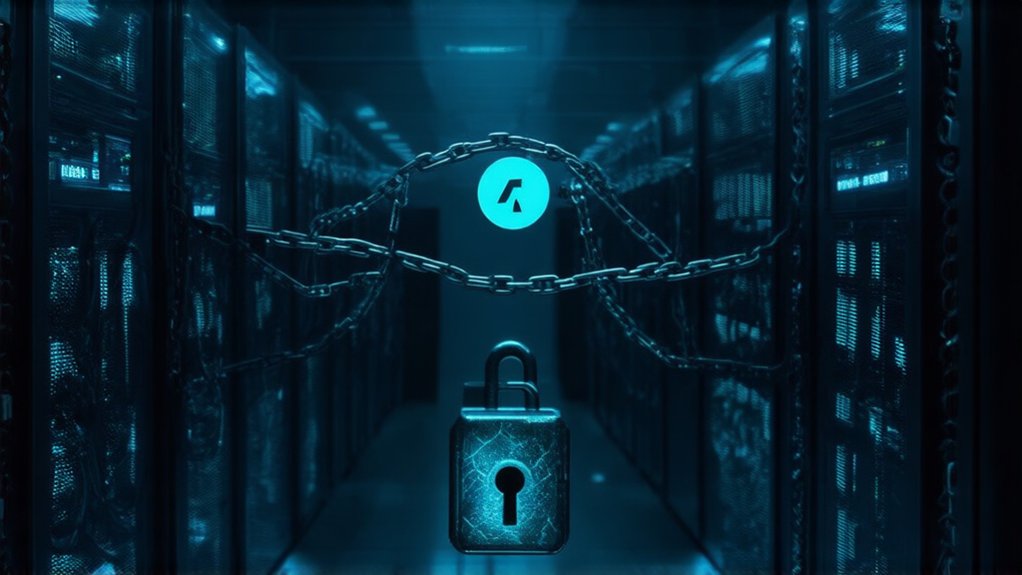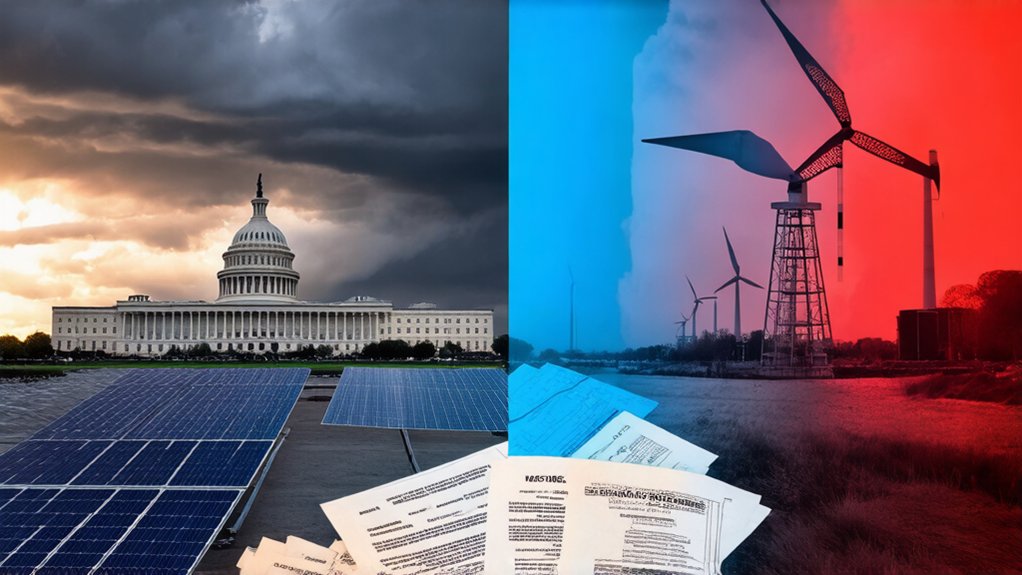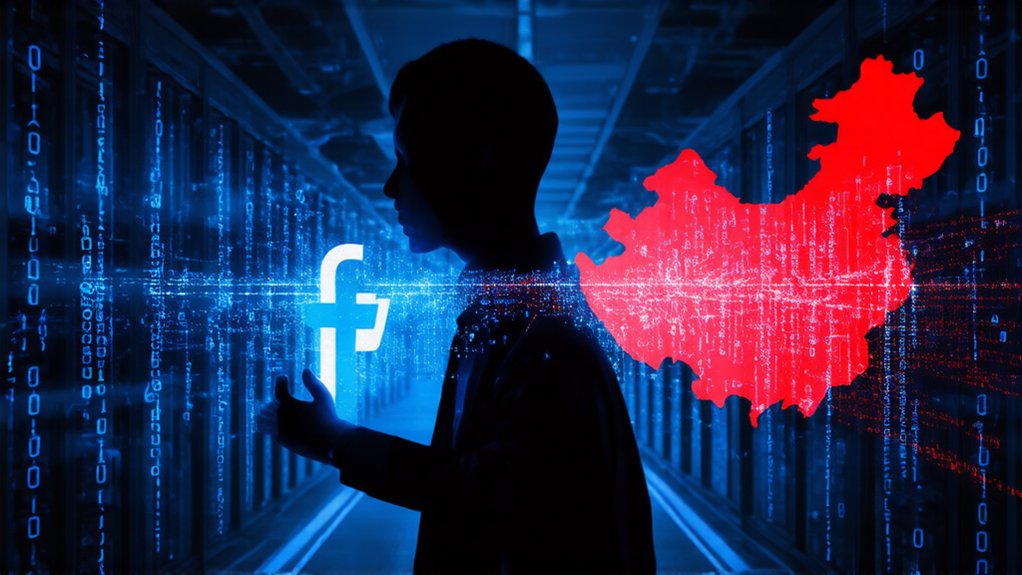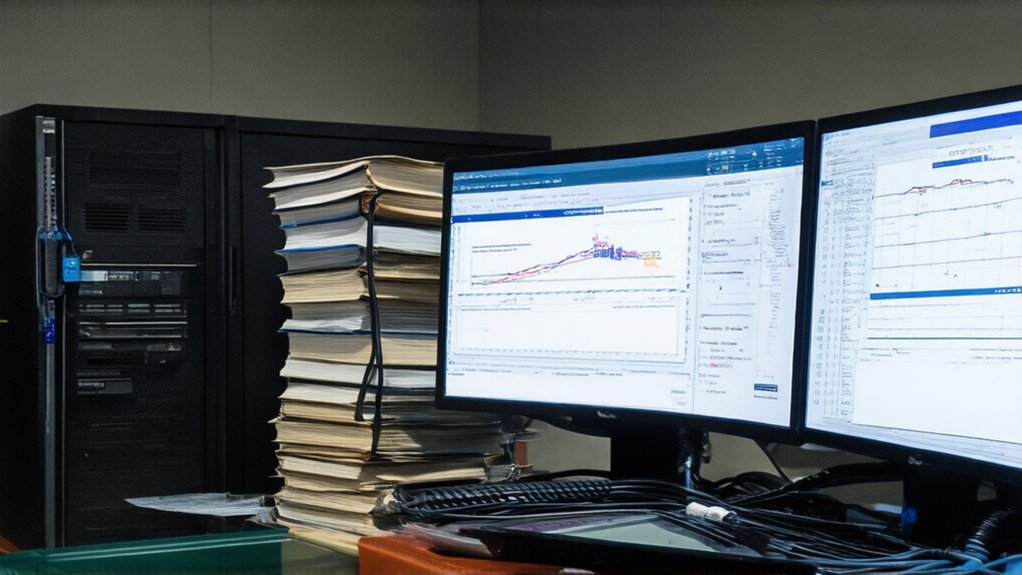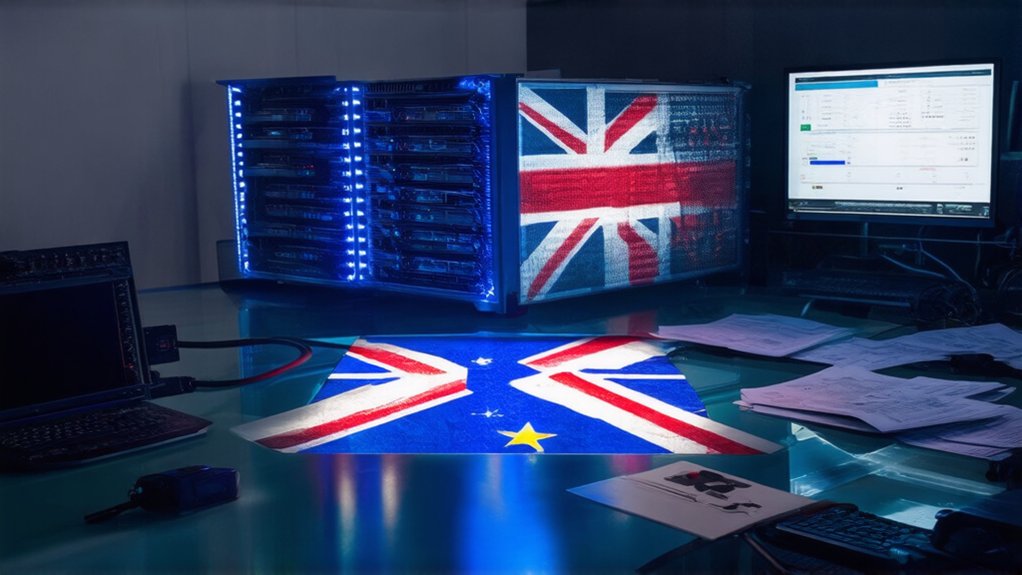Why are we so terrified of machines that don’t even exist yet? The dystopian AI overlords from sci-fi haven’t materialized, but our fear is real—and maybe it’s pointed in the wrong direction. The issue isn’t just the technology. It’s who controls it.
While we fear imaginary robot overlords, the true threat lurks in who holds AI’s leash.
AI systems are already automating jobs across industries. No surprise there. What’s more concerning is what happens behind the digital curtain. Companies are collecting mountains of personal data while governments expand surveillance capabilities. Facial recognition, anyone? Your face is just another data point now.
Meanwhile, deepfakes are getting scarily convincing. Approximately 61% of organizations have reported an increase in deepfake attacks over the past year. Truth becomes optional in this brave new world. A video of you saying something outrageous? Could be AI. And good luck convincing people otherwise.
The numbers aren’t exactly comforting. Only a small percentage of the public believes AI will do more good than harm. Can you blame them? We’re watching technophobia spread faster than cat videos on social media.
Financial implications are massive too. AI-driven cyber attacks drain bank accounts while corporations struggle with compliance challenges. Today’s advanced AI robots can cost upwards of half a million dollars, creating an unprecedented economic barrier. Executives scramble to develop risk mitigation strategies, but traditional security measures fall flat against AI-powered threats. It’s like bringing a knife to a gunfight. Except the gun is invisible. And thinks.
The workforce isn’t immune either. Automation is reshaping the job market, leaving many wondering if they’ll be replaced by algorithms that never need coffee breaks or vacation time. Harsh, but true.
What’s particularly troubling is the concentration of power. When a handful of tech giants and governments control AI development, we all become pawns in their digital chess game. Their priorities become society’s reality. History shows us this pattern of fear isn’t new—we’ve faced similar anxieties from Y2K to economic collapse throughout our lifetimes.
